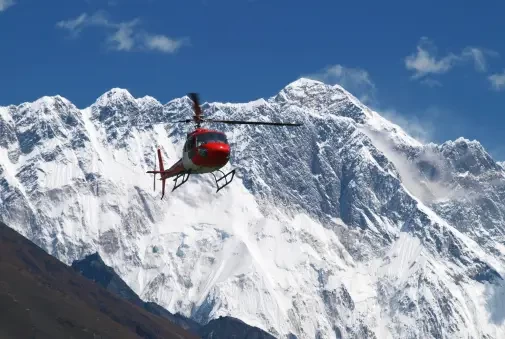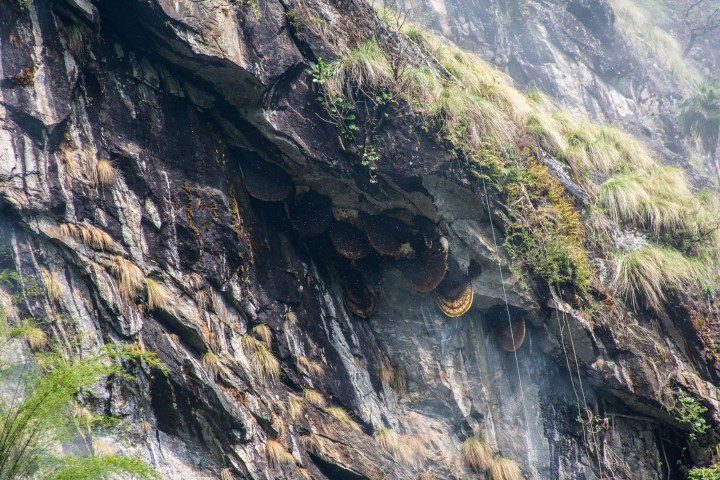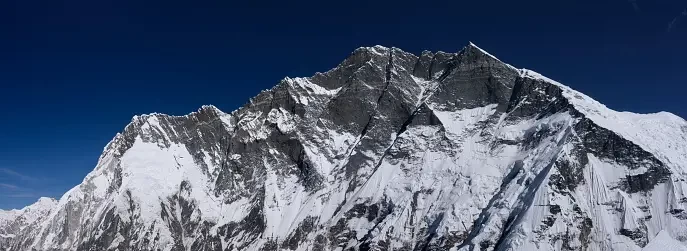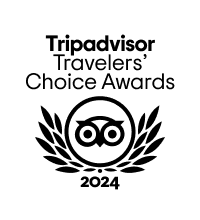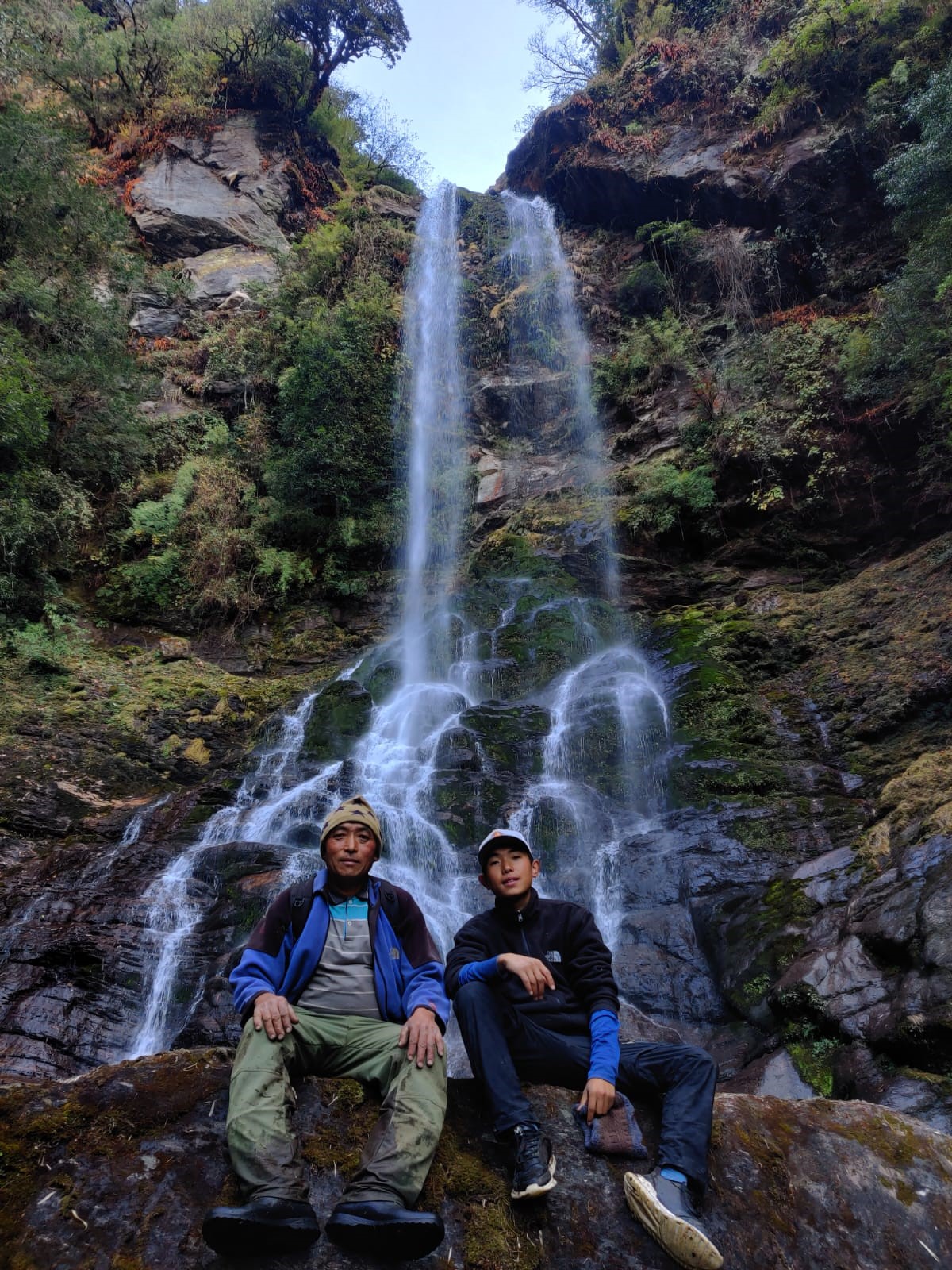
Honey Hunting, Solukumbu

Overview
Welcome to our website dedicated to honey hunting in Solu-Khumbu, Nepal! Honey hunting is an ancient tradition in this region, practiced by the local Rai, Tamang people for generations. This unique and thrilling activity offers a glimpse into the rich cultural heritage of the area while providing a sustainable source of income for the communities.
Honey Hunting in Solu-Khumbu: Overview
Honey hunting in Solu-Khumbu is a fascinating combination of tradition, adventure, and ecological conservation. Local honey hunters, often called "honey bareback hunters," climb precarious hone lolycombs high up in the cliffs using rudimentary tools and without the aid of safety equipment. The honey collected is prized for its unique flavor and medicinal properties, making it highly sought after both locally and internationally.
Key Highlights of Honey Hunting in Solu-Khumbu:
1. A captivating blend of tradition and adventure
2. An opportunity to learn about the ancient practices and techniques of honey hunting
3. A chance to witness the unique Rai, Tamang culture and lifestyle
4. Supporting a sustainable and eco-friendly practice that benefits local communities
Honey Hunting in Solu-Khumbu: Essential Information
Best Time for Honey Hunting: The best time to witness honey hunting in Solu-Khumbu is during the months of April to June, when the honey flow is at its peak, and the weather is favorable.
Where to Go for Honey Hunting: The primary locations for honey hunting in Solu-Khumbu are the villages of Mountain and big rock clif aera, such as Namlung, Sotang, Mahakulung , and Phakding. These villages are home to skilled honey hunters who follow age-old practices passed down through generations to generations.
Guided Tours and Safety: While it is possible to witness honey hunting independently, it is recommended to participate in a guided tour. Experienced guides can ensure your safety, provide valuable insights into the local culture, and help you support the sustainable practices of the communities involved.
Respecting Local Customs and Traditions: Honey hunting is a sacred practice for the Sherpa people. It is essential to respect local customs and traditions and to seek permission from the villagers before participating or observing honey hunting activities.
Supporting Local Communities: By participating in guided honey hunting tours, you can directly support the local communities and help promote sustainable practices that preserve the unique cultural heritage of Solu-Khumbu.
Honey Hunting in Solu-Khumbu: Practices and Techniques
Cliff Hanging: Cliff hanging involves scaling the steep cliffs where the honeycombs are located using ropes and simple wooden ladders. Honey collectors often go barefoot, as it is believed to provide better grip and balance.
Smoking Out the Bees: To avoid being stung by bees, honey hunters use torches or smokes to drive the bees away while they cut and collect the honeycombs.
Traditional Honey Collection: Traditional honey collection methods involve using earthen pots or bamboo containers to catch the honey that flows out of the cut honeycombs.
Modern Honey Extraction: Some honey hunters have adopted modern extraction methods, such as using beekeepers' suits and equipment to harvest and extract honey more efficiently and safely.
By visiting Solu-Khumbu and participating in a honey hunting tour, you can experience this unique and exhilarating tradition while supporting the local communities and their efforts to preserve their cultural heritage.
What's Include :
* 8 Days Food ( breakfast, lunch, dinner) 3 Night Room charge
* All transport cost ( Kathmandu to Phaplu flight, Phaplu to Dimbul road trip, Dimbul to Phaplu road trip, Phaplu to Kathmandu flight)
* An English speaking guide, assistant guide and Crue Members
* Hunt permit
* Local Government tax
* Medical kit
* All government and local tax
What's exclude :
* All resources cost( All hunt gears and equipments)
* All rescue cost ( If any accident or sicknesses)
* Travel and rescue insurance
* Personal expenses ( phone calls, laundry, bar bills)
* Tips for guide and staff
* All expenses which is not mention above.
On the first day of your journey, you'll arrive in Kathmandu, nestled at an altitude of 1350 meters, marking the beginning of your exhilarating adventure.
On day two, you'll spend your time in Kathmandu at 1350 meters, preparing meticulously for the thrilling experiences that lie ahead on your travel itinerary.
Embark on day three with a scenic flight from Kathmandu to Phaplu, soaring for 20 minutes over stunning landscapes, followed by an adventurous five-hour road trip to Dimbul, nestled at 2300 meters, as your journey continues to unfold.
Day four invites you to Dimbul, situated at an altitude of 2200 meters, where you'll spend seven exhilarating hours exploring the local hunt places and engaging in the thrill of the hunt, immersing yourself in the rich wilderness of the region.
On day five, after an invigorating hunt, you'll journey back to Dimbul at 2250 meters, relishing in six hours of scenic return, reflecting on the day's adventures amidst the tranquil beauty of the surroundings.
Day six beckons with a five-hour jeep trip from Dimbul back to Phaplu, offering you ample time to soak in the rugged charm of the landscape as you journey through picturesque terrain.
On the seventh day, bid farewell to Phaplu as you journey back to Kathmandu, concluding your memorable expedition with reflections on the adventures and experiences gained along the way.
On the eighth day, depart from Kathmandu, concluding your incredible journey with a heart full of memories and a longing to return to Nepal's captivating landscapes.

